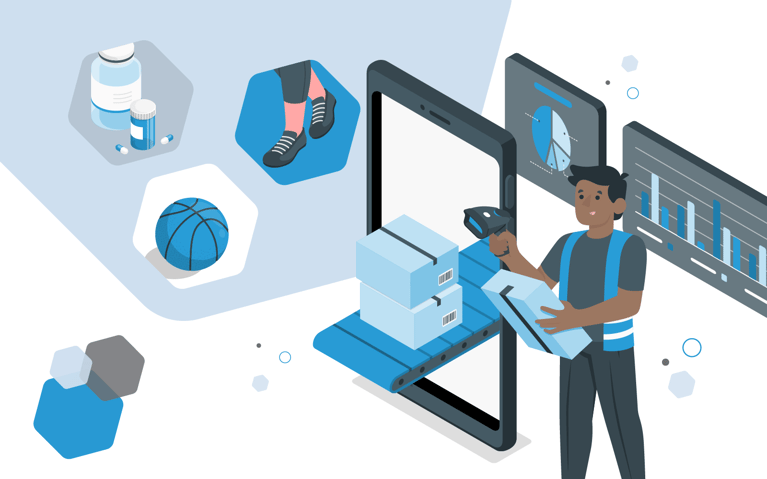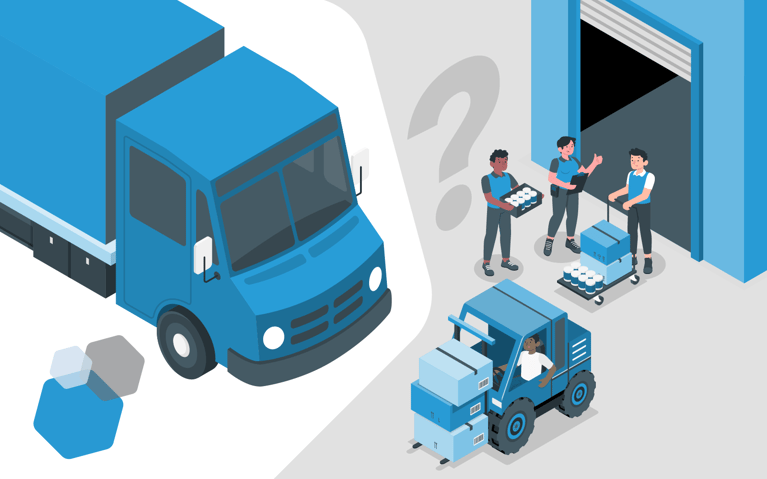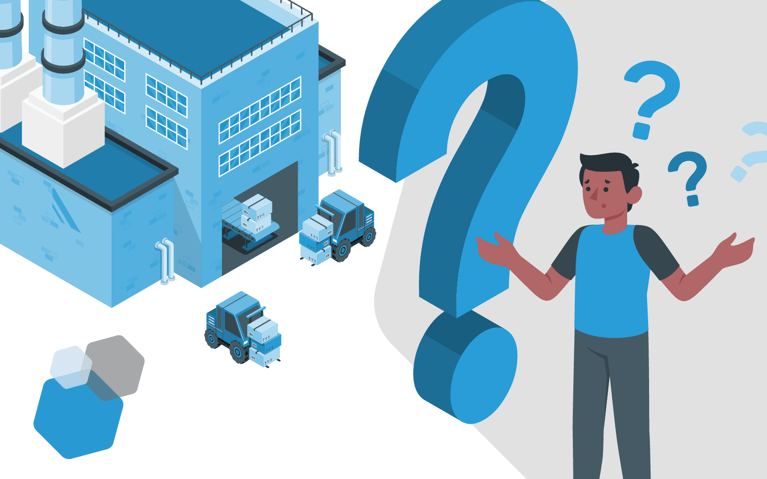Lately, you’ve seen signs: Deliveries are delayed, your inventory levels are off, and you can’t get in touch with anyone who can help. It’s clear that your current 3PL isn’t working out. So now what? Logistics challenges can highlight that it’s time to switch 3PLs. Your costs may be rising, the tech is outdated or your current 3PL service is a barrier to your growth. Whatever the reason you’ve chosen to use a new 3PL provider, it’s important to know what to expect. Moving to a new 3PL can feel like a daunting task despite the benefits it brings. By taking steps to plan and prepare, you can streamline the transition. Read on to learn what you’ll encounter and what to do when switching 3PL providers.
Looking for a new 3PL partnership
Before you decide to move to a new 3PL, consider what you’re looking for. What are your priorities? Are you looking for a 3PL solution that offers:
Cost-effectiveness: More affordability or flexible pricing.Ability to scale: The ability to support a rapidly growing business.More modern tech and integrations: Effectively and consistently improves software for more streamlined operations.Wider geographic reach: Capable of meeting delivery schedules and customer expectations. Strong customer support: Collaborative spirit that is invested in partner success.
It’s common for businesses to move 3PLs when their current provider can’t scale with them or they’re facing numerous logistical challenges. However, take the time to research your options before dissolving your existing contract. You’ll want to approach the transition in a professional way so you have continued support throughout the move from the partner you’re leaving behind.
Once you’ve found a 3PL service that can meet your expectations and help you achieve your goals, you can move forward. Several steps make the transition smoother and help you maintain productivity.
Review your current contract before dissolving it
Before you take the plunge, look at your existing contract. Are you nearing the end? Is it worth it to cancel? Your contract outlines severance conditions for both parties. Make sure the benefit outweighs the cost.
Identify a transition leader and create a plan
While a team will likely facilitate your move, selecting a point person is a good idea. The lead will be the primary contact, overseeing the team and ensuring the necessary tasks are accomplished.
The group will need to create a plan, which is critical to reduce issues along the way. Your plan should include a timeline, responsibilities and tasks.
In your timeline, include an agreed upon move-out with your current 3PL provider. You must also confirm the timing and drop-off dates with your new 3PL partner. Other important items are:
-
Dates and timeframes for handing over operations, like relocating SKUs and equipment, or receiving inventory.
-
Overlap periods where both your old and new warehouses are online.
-
Inventory migration dates.
Creating a timeline, plan and tasks is easier when you are clear on goals and expectations.
Clarify goals and expectations
The contract with your new provider should outline your expectations. But you’ll need to identify your goals before you can formulate those expectations. Ask yourself what you’re trying to accomplish with this move. What services do they offer that will optimize your inventory, fulfillment and logistics goals? How do you envision communication? What kind of visibility do you expect?
Consider things like storage, picking, packing and shipping services, returns, order and warehouse management, pricing and flexibility.
Assess your new warehouse locations
Your new 3PL likely won’t have the same locations. However, that may be beneficial. Even so, it will cause a shift in your shipping strategies. Look at how the new locations will affect things like shipping times or what carriers you use. Create a new strategy that maintains or even boosts the customer experience.
Migrate inventory
Moving inventory requires some thought. You can’t just throw it on a truck and send it on its way. Instead, you’ll need to look at how items need to be handled. For example, will they be fragile or need special equipment to move? How will you organize SKUs for transport – by product category, handling requirements, quantity or storage types?
Adjust your migration strategy to fit your business. There are a few approaches you can take:
-
Switch everything over all at once.
-
Ship part of your inventory to cover a transitional period.
-
Deplete inventory at your old 3PL and restock by having suppliers send new inventory to your new 3PL provider. If it makes sense to deplete inventory quickly because the cost to transfer is more than it’s worth, consider discounting or liquidating items.
Another task is an inventory count before your move. That way, you’re better able to track everything that’s going and any loss or damage along the way.
Integrate with a new warehouse management system
Part of your move will involve migrating to a new warehouse management system. Warehouse management systems are a deciding feature for most businesses. 3PL providers with outstanding technology will be able to onboard you quickly and have you up and running in no time. This means integrating with other platforms you use and ensuring you have complete, real-time visibility into critical data.
Communicate with customers and stakeholders
Even when you’ve planned and prepared, the unexpected still happens. Be transparent that delays might occur and that you’re doing everything to provide a smooth transition. Proactive communication is beneficial since customers can make informed decisions on their end. Use your channels – like your website, social channels, blog or email – to keep your customers and key stakeholders informed.
Be ready to handle any issues
While planning and prep minimizes disruptions, you may still encounter some issues. Think about potential problems and how you can handle them. If there are shipment delays, you could offer customer incentives. Build in extra padding in your timeline to iron out any technical issues. Most importantly, communicate and engage your stakeholders throughout the process to prevent surprises.
Find your new 3PL partner today
3PLs have become an essential component in ecommerce. It’s a crucial part of the customer experience, which makes having the right partner critical. Cart.com is a leading logistics solution that can help you from discovery to delivery.
Subscribe to our emails for the latest industry insights!
By entering your email, you agree to receive marketing emails from Cart.com






